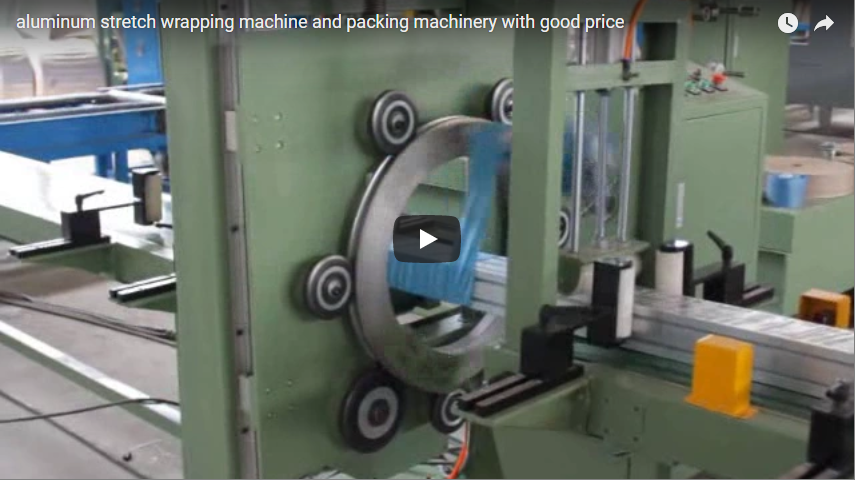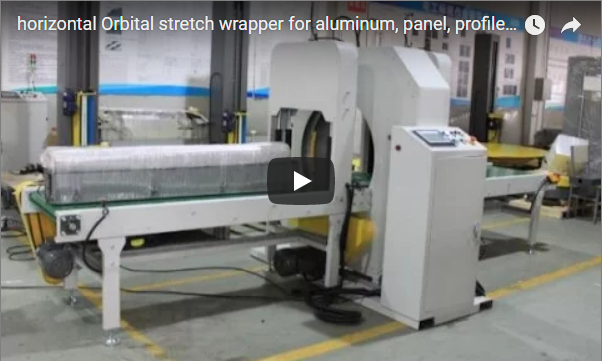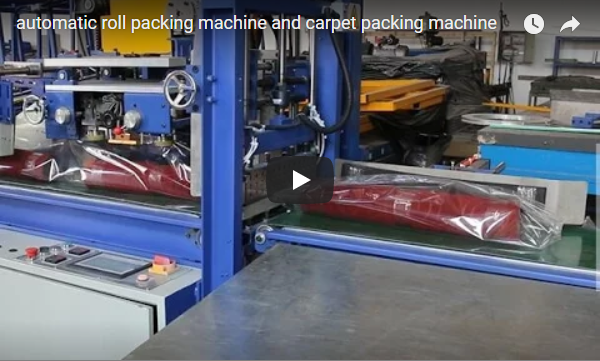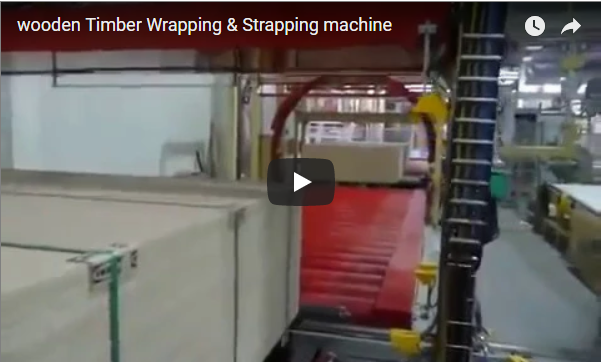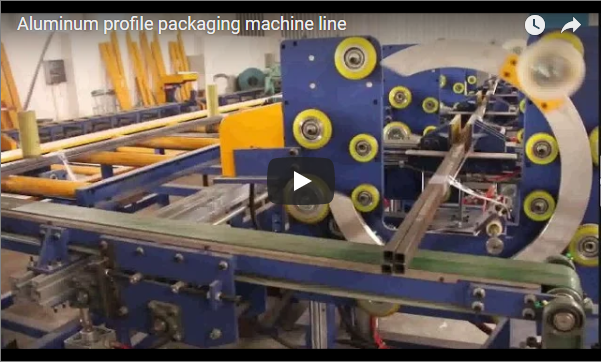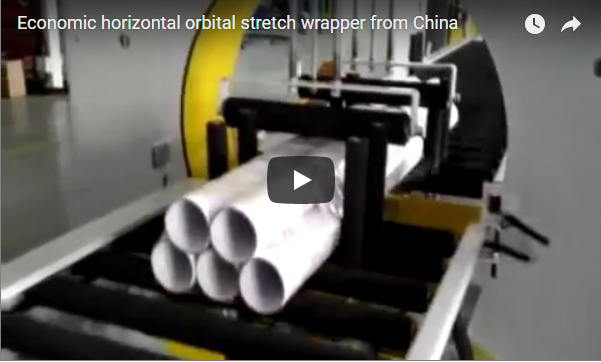Mastering Stability & Protection: A Deep Dive into Horizontal Orbital Stretch Wrappers
In the world of industrial packaging, handling long or irregularly shaped products presents unique challenges. Ensuring these items are secure, protected, and stable during transit and storage is paramount. Enter the Horizontal Orbital Stretch Wrapper, often referred to as a horizontal wrapping machine – a specialized piece of equipment designed precisely for this task. This article delves into the mechanics, specifications, applications, and considerations surrounding these indispensable machines.
1. Understanding the Mechanics: How Horizontal Orbital Wrappers Work
At its core, a horizontal orbital stretch wrapper functions by passing the product horizontally through a rotating ring. This ring carries a roll of stretch film. As the product moves through, the ring orbits around it, applying the stretch film in overlapping spiral layers.
Key components typically include:
- Rotating Ring: The heart of the machine, driven by a motor, which orbits around the product path.
- Film Carriage & Dispenser: Holds the stretch film roll and controls the tension and pre-stretch (if applicable) applied to the film. Effective tension control is crucial for load stability without crushing the product.
- Clamping and Cutting System: Automatically grips the film at the start of the cycle and cuts it upon completion for efficient, operator-free wrapping.
- Conveyors: Infeed and outfeed conveyors (often automated) move the product smoothly through the wrapping zone. These can be roller or belt conveyors depending on the product.
- Control System (PLC): Manages the wrapping parameters, speed, number of wraps, film tension, and automation sequence.
This orbital wrapping method ensures complete coverage around the product's profile, creating a tight, secure, and protective layer that significantly reduces the risk of damage from shifting, moisture, dust, or abrasion during handling and transportation.
2. Key Technical Specifications: A Representative Example
While specifications vary greatly depending on the model and customization, here's a look at typical parameters for a modern horizontal wrapping machine.
Please Note: The parameters listed below are illustrative and may not exactly match the specific equipment shown in the video or required for your application. For precise specifications tailored to your needs, please contact us directly.
- Type: Horizontal Orbital Stretch Wrapper
- Year of Manufacture Example: 2023
- Approximate Machine Weight: ~1500 kg (Varies significantly based on size and features)
- Maximum Packing Size Example:
- Length: 3000mm
- Width: 1500mm
- Height: 1200mm (These dimensions define the 'window' the product must pass through)
- Wrapping Speed: Up to 50 RPM (Ring Rotations Per Minute - actual throughput depends on product length and required overlap)
- Film Type Compatibility: LLDPE Stretch Film (various thicknesses), potentially others like PE, PVC depending on configuration.
- Typical Power Requirements: 380V/50Hz/3Phase or 220V/50Hz/1Phase (Based on motor size and region)
- Approximate Machine Dimensions:
- Length: 4500mm
- Width: 2500mm
- Height: 2000mm (Footprint varies widely)
- Drive System: Motor-driven rotary ring and conveyors.
- Common Certifications: CE, ISO9001
3. Real-World Applications & Benefits: Where Horizontal Wrappers Shine
The versatility of the horizontal orbital wrapping machine makes it invaluable across numerous industries dealing with elongated or bulky items. From our experience working with clients, here are some key sectors and products benefiting immensely:
- Lumber and Wood Products: Securing bundles of wooden planks, mouldings, timber, or panels (1m to over 6m long). The wrap protects against moisture and dirt while keeping bundles tight for handling and storage.
- Metal Fabrication: Packaging metal pipes, tubes, extrusions (like aluminum profiles), bars, or sheets (often up to 3m or longer, with varying diameters/widths). The film prevents scratches, corrosion, and keeps bundles organized.
- Plastics Industry: Wrapping plastic pipes, profiles, and window/door frames. It maintains product cleanliness and prevents surface damage.
- Building Materials: Bundling items like insulation panels, doors, windows, and siding. Provides protection during transport to construction sites.
- Textiles and Flooring: Securing rolls of carpet, fabric, or artificial turf, ensuring they remain clean and tightly wound.
- Agriculture: While less common than round bale wrappers, specialized horizontal wrappers can be used for certain bundled agricultural products needing secure transit.
The primary benefits realized across these applications include:
- Enhanced Load Stability: Prevents shifting and product damage during transit.
- Superior Product Protection: Shields against dirt, dust, moisture, and surface abrasion.
- Improved Handling & Storage: Creates neat, unitized loads that are easier to manage.
- Increased Efficiency: Automated wrapping cycles significantly speed up the packaging process compared to manual methods.
- Reduced Material Costs: Optimized film usage and tension control can lower consumable costs.
4. Choosing the Right Horizontal Wrapping Machine: Key Factors
Selecting the appropriate horizontal orbital wrapper requires careful consideration of your specific needs:
- Product Dimensions & Weight: The machine's ring size and conveyor capacity must accommodate your largest and heaviest products.
- Required Throughput: Determine the number of products you need to wrap per hour or shift to ensure the machine's speed meets your production demands.
- Level of Automation: Decide between semi-automatic (operator initiates cycle) or fully automatic systems (integrated into a production line with automated feeding/discharge).
- Film Requirements: Consider necessary film types, pre-stretch capabilities (improves film yield), and tension control precision.
- Operating Environment: Factor in space constraints and any special environmental conditions (e.g., cold storage, dusty environments).
- Integration Needs: Will the wrapper need to communicate with upstream or downstream equipment?
- Budget & ROI: Balance initial investment against long-term savings in labor, material, and damage reduction.
5. The Fhopepack Advantage in Horizontal Wrapping Solutions
Understanding the nuances of horizontal wrapping is crucial for optimizing packaging operations. At Fhopepack, we specialize in providing robust and reliable packaging machinery, including a range of horizontal orbital stretch wrappers designed to meet diverse industrial requirements. Explore automated solutions tailored to enhance efficiency and product protection:
Conclusion
Horizontal orbital stretch wrappers are powerful tools for any business handling long or unwieldy products. By securely unitizing loads with stretch film, they offer significant benefits in product protection, load stability, operational efficiency, and cost savings. Understanding the mechanics, key specifications, and application suitability allows businesses to leverage this technology effectively, ensuring products reach their destination safely and securely.
For inquiries or specific requirements regarding horizontal wrapping solutions:
info@fhopepack.com

